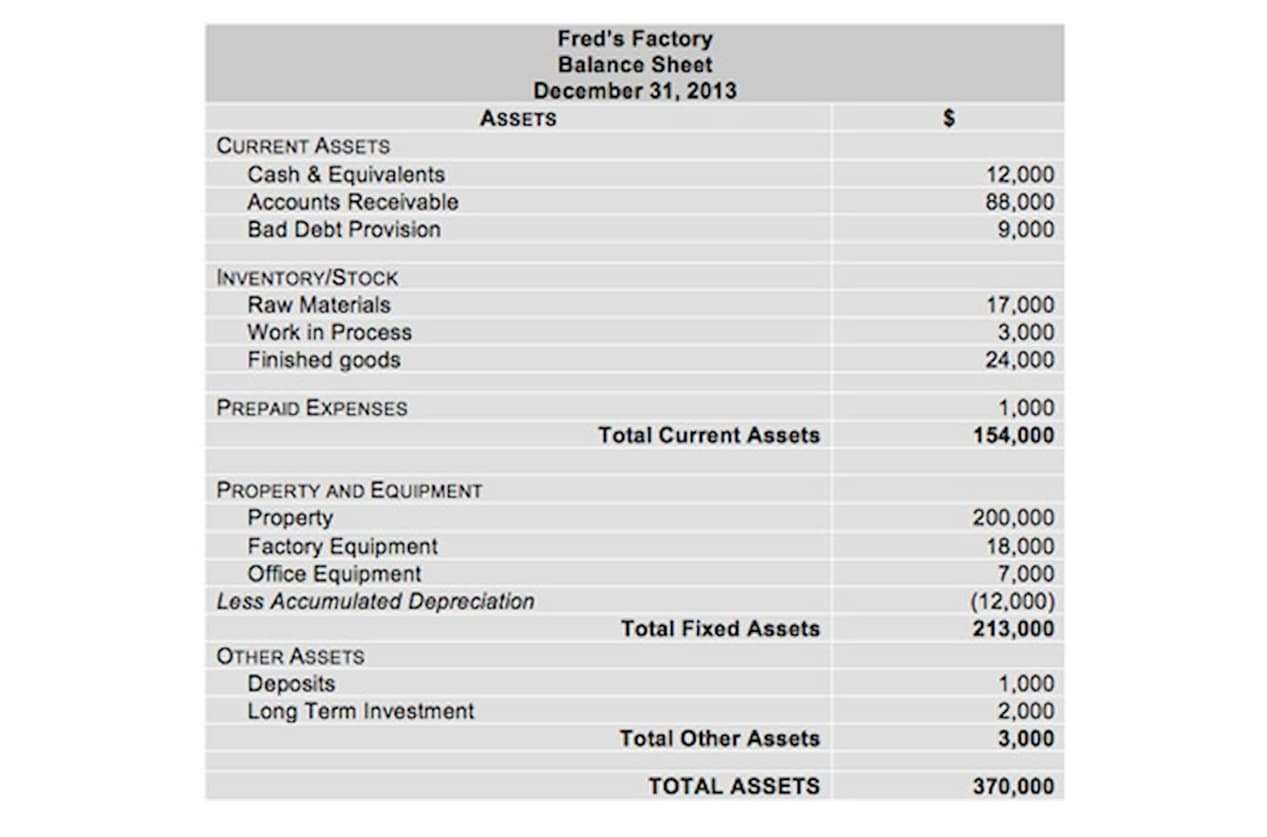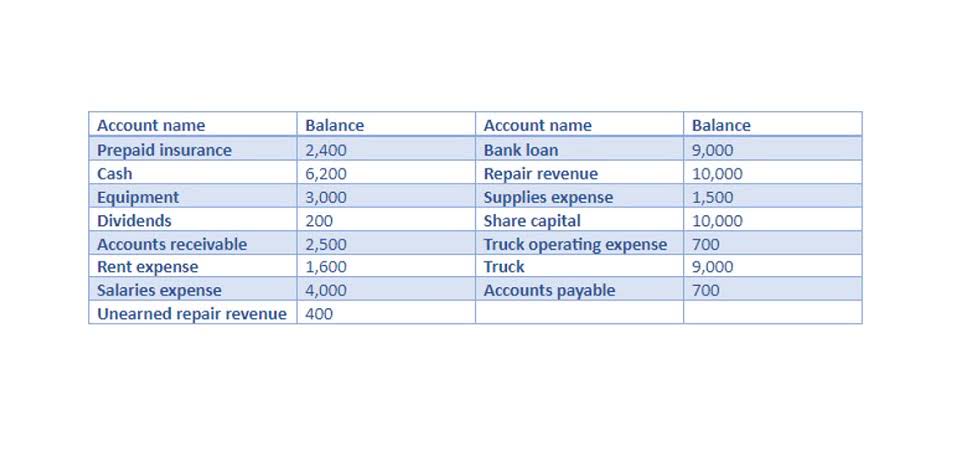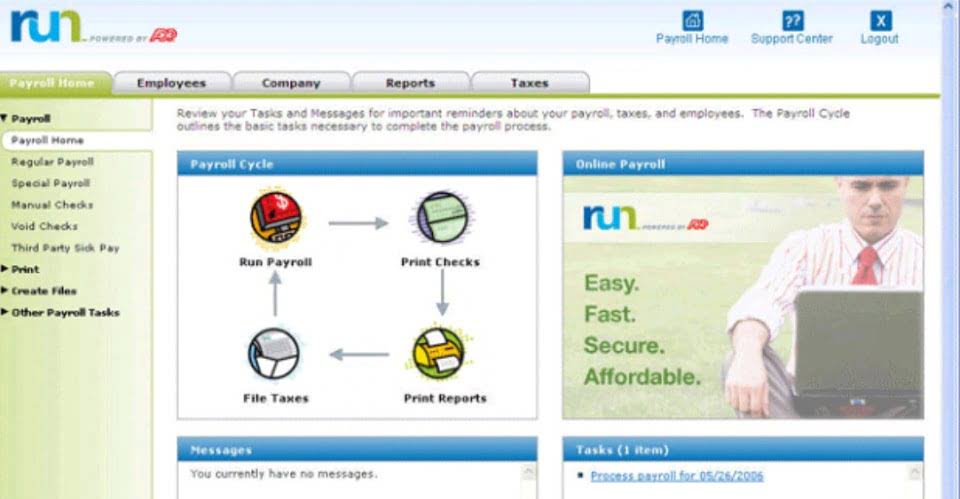Recording in Journals & Posting in Ledgers Leave a comment

This is one of the simplest but most effective ways to streamline the accounting cycle. After closing the books, the accounting cycle starts recording of transactions in accounting over again for the next period. This loop helps you keep accurate, up-to-date financial records about where your money is going.
Introduction to Financial Accounting: The Accounting Cycle

Activities would include paying an employee, selling products, providing a service, collecting cash, borrowing money, and issuing stock to company owners. Once the original source has been identified, the company will analyze the information to see how it influences financial records. The accounting cycle is a step-by-step process to record business activities and events to keep financial records up to date.
- You will notice that the transactions from January 3 and January 9 are listed already in this T-account.
- You also need the underlying documents, such as bank statements, receipts, and invoices.
- We will begin with an overview of how to transfer data from the ledgers to the trial balance, and continue with a step-by-step walkthrough of correcting entries.
- This entry records your payment by debiting your utility expense account and crediting cash.
- The results of all financial transactions that occur during an accounting period are summarized in the balance sheet, income statement, and cash flow statement.
Resources for Your Growing Business
Companies often extend credit terms for payment, such as 30 days, 60 days, or 90 days, depending on the product or service being sold or industry norms. The types of accounting transactions may be based on various points of view. The first one that we will discuss is the types of accounting transactions according to institutional relationships, namely external and internal transactions. Make it a habit to review and reconcile your accounts regularly. This means comparing your records to your bank statements and other documents to make sure everything matches up. Aim to reconcile your accounts at least once a month to catch mistakes early.
Normal Account Balances
- Accounts Payable has a debit of $3,500 (payment in full for the Jan. 5 purchase).
- Its use in organizing business transactions and meeting regulatory requirements makes it a field that requires extensive knowledge and study.
- In the past, each step of the accounting cycle was done manually.
- The decrease to assets, specifically cash, affects the balance sheet and statement of cash flows.
- The fourth step in the process is to prepare an unadjusted trial balance.
- Let’s look at the journal entries for Printing Plus and post each of those entries to their respective T-accounts.
Utility payments are generated from bills for services that were used and paid for within the accounting period, thus recognised as an expense. The decrease to assets, specifically cash, affects the balance sheet and statement of cash flows. The decrease to equity as a result of the expense affects three statements. The income statement would see a change to expenses, changing net income (loss). Net income (loss) is computed into retained earnings on the statement of retained earnings. This change to retained earnings is shown on the balance sheet under shareholders’ equity.

To be a successful forensic accountant, one must be detailed, organized, and naturally inquisitive. This position will need to retrace the steps a suspect may have taken to cover up fraudulent financial activities. Understanding how a company operates can help identify fraudulent activities that veer from the company’s position. Some of the best forensic accountants have put away major criminals such as Al Capone, Bernie Madoff, Ken Lay, and Ivan Boesky. Returning to Supreme Cleaners, Mark identified the accounts needed to represent the $200 sale and recorded them in his journal.

In addition to using accounting software, look for other opportunities for automation. For example, setting up automatic bill payments means you’ll never miss a due date. Invoice Simple is a tool that makes it easier than ever to invoice customers from your phone or laptop. This way, you’ll have pristine records of all your invoices next time you put your books through the accounting cycle. Staying organized means keeping accurate and up-to-date records of all your financial transactions.
- Software does all that these days so you don’t have to worry about the confusing lingo.
- Accountants may be tasked with recording specific transactions or working with specific sets of information.
- These are everyday transactions that keep the business running, such as sales and purchases, rent for office space, advertisements, and other expenses.
- Essentially, any information that may be useful to management falls under this umbrella.
- More detail for each ofthese transactions is provided, along with a few newtransactions.
The Chart of Accounts – Example and Explanation
- Note that this example has only one debit account and one credit account, which is considered a simple entry.
- If you’re using a manual bookkeeping or accounting system, you can record these entries directly into your general journal.
- Tax accountants overseeing returns in the United States rely on guidance from the Internal Revenue Service.
- The difference between these two accounting methods is the treatment of accruals.
- Let’s look at one of the journal entries from Printing Plus andfill in the corresponding ledgers.
- Colfax Market is a small corner grocery store that carries a variety of staple items such as meat, milk, eggs, bread, and so on.
- Again, accounting software streamlines this because it automatically copies the numbers from your bank account, which reduces the risk of transcription errors.
Larger grocery chains might have multiple deliveries a week, and multiple entries for purchases from a variety of vendors on their accounts payable weekly. Notice that for this entry, the rules for recording journal entries have been followed. Accountants use special forms called journals to keep track of their business transactions. A journal is the first place information is entered into the accounting system. A journal is often referred to as the book of original entry because it is the place the information originally enters into the system. A journal keeps a historical account of all recordable transactions with which the company has engaged.


